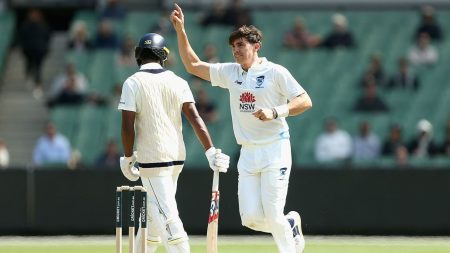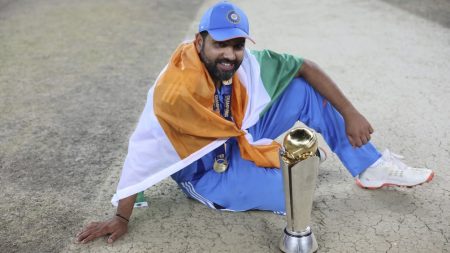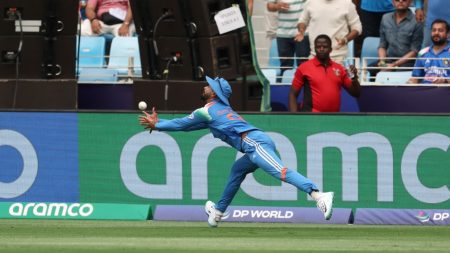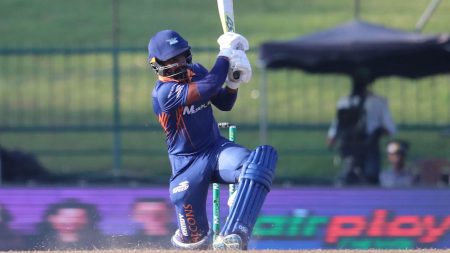The Call for Change: Shami’s Plea to the ICC
Mohammed Shami, the Indian fast bowler, has reignited the debate over the ban on using saliva to shine the cricket ball. Speaking after India’s four-wicket victory over Australia in the Champions Trophy semi-final, Shami expressed his frustration with the current regulations. "We are trying [to get reverse swing], but the usage of saliva on the ball is not allowed," he told reporters. Shami is not alone in his appeal; he has garnered support from former international bowlers Vernon Philander and Tim Southee, who share his concern about the decline of reverse swing in the game.
The History and Context of the Saliva Ban
The ban on using saliva to polish the ball was initially introduced as a temporary measure in May 2020, during the height of the COVID-19 pandemic. The primary concern was to prevent the spread of the virus through contact with saliva. However, in September 2022, the International Cricket Council (ICC) made the ban permanent. The decision was aimed at ensuring player safety, but it has had unintended consequences for the game’s balance, particularly in the realm of reverse swing.
The Need for Reverse Swing: A Bowler’s Perspective
Shami’s call for the ban to be rescinded is rooted in the belief that reverse swing adds an essential element of skill and strategy to the game. Reverse swing occurs when the ball, due to differential wear and shine on its two sides, swings in the opposite direction to its seam. This phenomenon is particularly challenging for batters and can turn the tide in favor of the bowlers. Southee, a former New Zealand international, echoed Shami’s sentiments, highlighting the need to balance the game. "We see the game going the way it’s going and seeing sides score 362 and more often than not over 300 in this format. I think there needs to be something in the bowlers’ favour, and whether that’s a little bit of saliva, then yeah, I don’t see why they couldn’t afford to get that back in."
The Impact on Bowling Strategies
Philander, another former international bowler, pointed out that the ban has had a significant impact on bowling strategies, especially on batter-friendly surfaces. "If we look at the state of that ball, I mean towards the back end, it was really scuffed up, and I think had you used the saliva [to polish one side of the ball], the element of the reverse swing might have come into play," he said. Philander believes that the reintroduction of saliva could restore some of the excitement and unpredictability that has been lost in recent years. "I’d like to see that element being brought back into the game because I think it’s needed as well. I mean, especially in ODI cricket where we see batters really dominating, especially when you play on surfaces like we’ve just seen in Pakistan as well where it’s really batter friendly."
The Advantages of Saliva vs. Sweat
The debate over saliva versus sweat is not new, but it has taken on renewed importance in the context of the ban. According to Philander, saliva offers a more controlled and effective method of shining the ball. "With the South African team, we were always trying to keep the ball as dry as possible. The minute you start erring on the side of sweat, I think you start wetting both sides of the ball. Your hands get sweaty, especially when you play in hot, humid conditions." Southee added that the advantage of saliva is particularly evident in red-ball cricket, where the ball can maintain its shine and movement for longer periods. "I think the ball only swings initially for a few overs [in white-ball cricket]. But with the red ball, you are able to bring it back and obviously sweat can be limited at times in various parts of the world, whereas saliva you’re able to obviously have access to it from a number of sources and in all parts of the world."
A Call for Reconsideration
As the game continues to evolve, the balance between batting and bowling remains a critical issue. Shami, Philander, and Southee are not alone in their belief that the ban on using saliva to shine the ball has tipped the scales too far in favor of the batters. Their calls for the ICC to reconsider the ban are grounded in a desire to restore the art of reverse swing and the strategic depth it brings to the game. Whether the ICC will heed their pleas remains to be seen, but the debate is likely to continue as long as the game of cricket is played.











